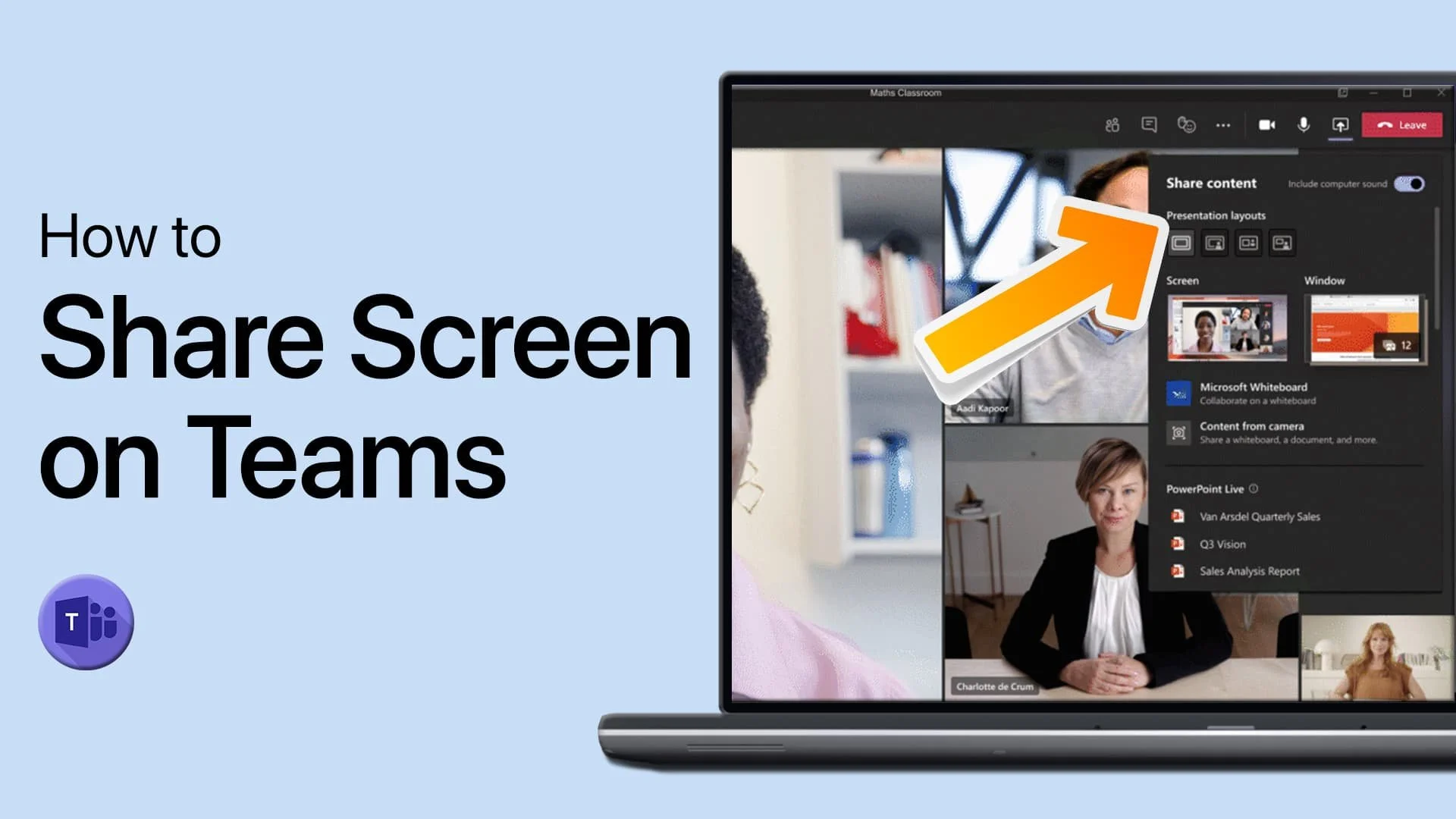How To Speed Up Your Internet Connection on Windows 11
In today's fast-paced digital world, having a slow internet connection can be frustrating and time-consuming. Luckily, with Windows 11, there are several ways to improve your internet speed and enjoy faster browsing, downloading, and streaming. Whether you're working from home, streaming movies, or gaming online, you need a speedy internet connection to stay productive and entertained. In this article, we will provide some easy-to-follow tips and tricks to speed up your internet connection on Windows 11. We will cover basic and advanced methods to help you optimize your network settings and maximize your internet connection.
Adjust the Network Delivery Optimization Settings
Search for Delivery Optimization in your start menu search to open up your Delivery Optimization system settings window. You can specify the bandwidth that Windows can use for core tasks, such as download limits, updates and overall network usage limits. Remove any limit on your connection bandwidth.
Network & Internet Settings > Delivery Optimization Advanced Options
Delete the Windows Temporary Files
Delete your temporary files if you haven’t done this in a while. In your start menu, search for %temp% and hit enter. This folder contains all of your temporary files, which should be deleted. You can safely delete everything in this folder; some files might remain, so leave them there.
Delete the content of your %temp% folder
Test your Internet Connection Speed & Latency
We suggest making sure that your connection issues are not hardware based. To test your connection, visit this page. A normal up & download speed, usually above three mb/s, is crucial for your OS and web browsing to work correctly. Make sure to use an ethernet cable to ensure the best possible connection. If you have to use a WiFi connection, then make sure to restart your router or modem if you haven't done this in a while, and reduce the number of devices connected to the same network.
Test your up- & download speed to the closest server
Windows Command Prompt
Open up your command prompt by searching for CMD and hitting enter. Use the following commands:
ping google.com
This command will check your latency and packet loss to google's servers. If your ping is higher than 100ms, or if you encounter any packet loss, make a few changes to your connection, and follow the subsequent tweaks.
Use the command:
ipconfig /flushdns
This will flush and reset the content of your DNS resolver cache. Using this command will improve your latency issues.
Command Prompt
End Network-Intensive Processes
Open up your task manager. In the performance section, access your Resource Monitor. In the network tab, open the Processes with network activity and after a few seconds, you will see every process using your network connection. This might be your browser running in the background, steam, or a download bottlenecking your connection. We suggest you only end the processes you know won't break your operating system. Below, you can also preview your network utilization in percent.
Resource Monitor > Network > Processes with Network Activity
Change the DNS Server Address
Lastly, we will change your DNS server addresses if the issue is still caused by your network connection. Use the shortcut Windows Key + R, and in this dialogue box enter “Control” and hit enter. This will open up your control center.
Navigate to Network And Internet, Network & Sharing Center, and select your connection. This will open up a new window, containing some general information about your connection. Navigate to Properties and lastly, double-click the Internet Protocol Version 4. Select to use the following DNS server addresses option, and as your preferred DNS server, use: 8.8.8.8, and as your alternate DNS server, use: 8.8.4.4 These are the official public DNS server addresses from Google, which are safe to use. Using VPN services can worsen your network connection. Make sure to turn off your VPN when testing your network connection.
Use the following DNS server addresses


















